PhD Positions in Many-Body Theory of Ultra-cold Atoms
Center for Optical Quantum Technologies, University of Hamburg, Germany
We offer three PhD positions, available immediately, at the newly created Center for Optical Quantum Technologies (ZOQ). In a vibrant, communicative environment, we study a wide range of quantum phenomena, from technological aspects of ultra-cold atom systems to fundamental questions of many-body theory. We use both analytical approaches, e.g. field-theoretic descriptions, as well as numerical methods, such as simulations.
